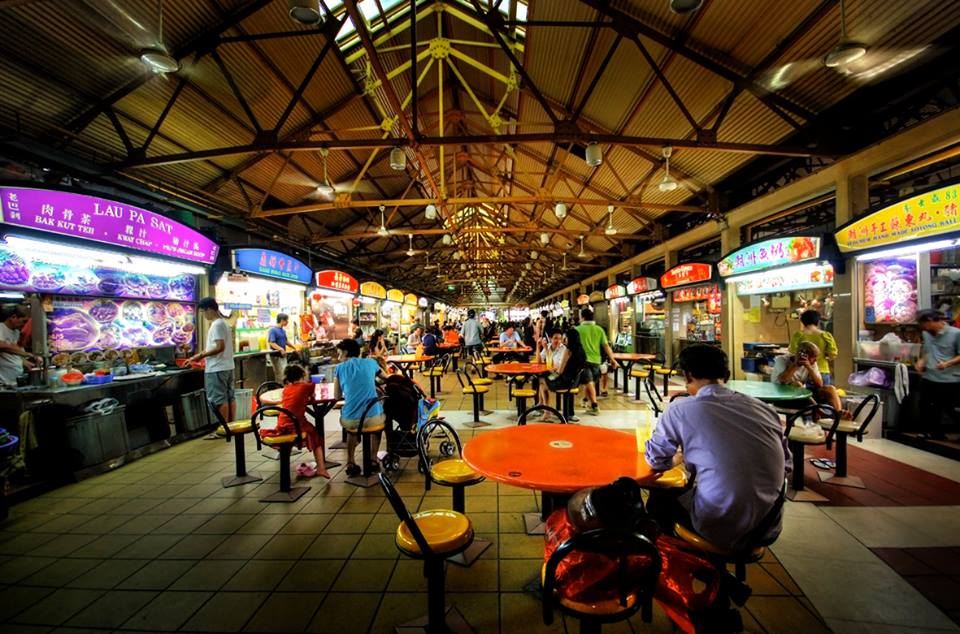One glance at pages such as COMPLAINT Singapore on Facebook will tell you that more and more people are dissatisfied with the food they’re being served—either prices have gone up or quantity and quality have gone down, or maybe all three.
Some recent entries have expressed shock at fries that cost $8, shrinking burger patties, or “Economic noodles selling at non economic price”—$5.90—with ingredients the poster described as “barely see(n).”


Hawker stall food has long been an invaluable part of Singaporean life—and was inscribed in 2020 on the UNESCO’s Representative List of the Intangible Cultural Heritage of Humanity.
Previous to the pandemic, hawkers were already considered to be somewhat of a dying breed, with many members of the industry ageing and not many younger Singaporeans taking up the trade.
However, the hawker culture has come under threat lately through a triple whammy of events: the Covid pandemic, supply chain issues, and Russia’s attack on Ukraine.
All three have resulted in higher prices of staples such as cooking oil and eggs, with prices increasing faster than what many hawkers have experienced.
A recent article in Business Insider has taken a look at the present threat hawker culture is facing as part of its series on the global food crisis.
The piece quotes Lie Kam Fatt, 65, who has operated a Chinese dessert stall for over four decades, as saying that higher prices of food have forced him to raise prices in his stall.
He told Insider, ”I know some of my customers will grumble about it, but I may have to shut down my business if I don’t raise prices. All of my ingredients have become too expensive.
In all my years of doing this, I don’t remember things becoming so expensive so quickly. But I have to keep going on. This was my father’s business and I want it to last for as long as possible.”
The piece notes that traffic at hawker centres has actually increased by 60 per cent since Covid measures were lifted.
Many hawkers have held off raising prices or have only done so by a small margin, choosing to shoulder the burden of higher costs rather than pass this on to diners.
Makansutra founder Kf Seetoh is quoted in the piece as saying, “The revenue is the same, but our costs have gone up — no thanks to Russia.”
And many hawkers are reluctant to raise prices anyway due to stiff competition.
“Hawkers don’t really dare to raise their prices. If you raise your prices, a customer can just take a few steps to another stall where your competitor sells food for 50 cents cheaper,” Mr Seetoh said.
/TISG
Hawkers say rent was doubled after Tampines coffeeshop sold for $41.6 mil; can they survive?

